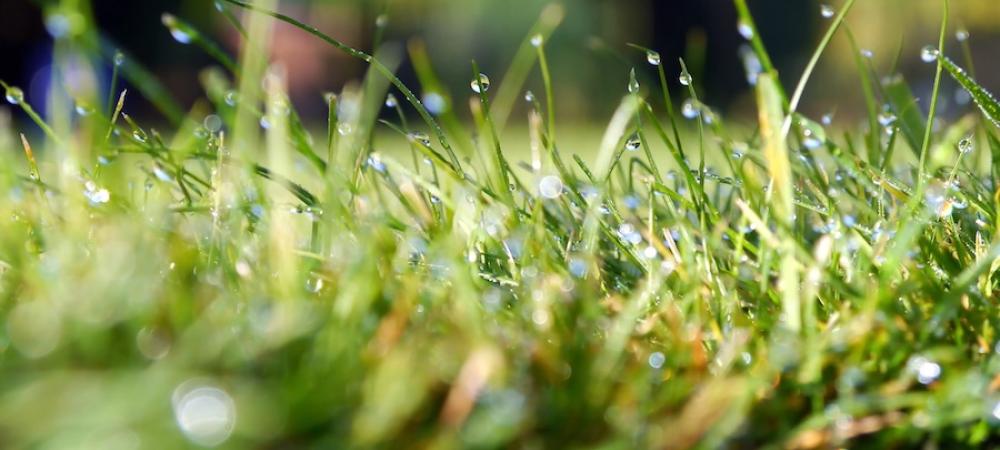How To Treat Annual Bluegrass | Poa Annua

Summer is starting to wind down, and the fall weather is approaching. This may seem like a great time to put less attention on your grass as it is not growing as rapidly, but this is unfortunately false. Common weeds like annual bluegrass and Kentucky bluegrass will begin to germinate in your lawn, and if not taken care of, these weeds can completely take over your grass. In this blog, we will discuss the differences between annual bluegrass and regular lawn grass, and how to treat the most common one throughout Tennessee and Mississippi, which is annual bluegrass, or Poa Annua.
What is Poa Annua?
Poa annua is also known as annual bluegrass. This is one of the most common types of weeds in the United States. With it growing like wildfire, it is important to stop it in its tracks the moment you notice it. Poa Annua will grow the fastest in temperate climates, and that is why Tennessee and Mississippi are perfect spots to see this type of weed. Depending on the climate, this type of bluegrass is able to live year-round, but will usually die out once the summer arrives.
What Is the Difference Between Bluegrass and Fescue Grass?
Poa Annua has become a common weed that homeowners have grown to despise. Annual bluegrass and Kentucky bluegrass have very similar characteristics and are almost indistinguishable. Kentucky bluegrass will have a lighter shade of green and more shallow roots than annual bluegrass, but this type of grass is very similar. When it comes to fescue, there are many differences in how to treat weeds. While they both look like regular lawn grass for part of the year, season changes will despair the types. The differences between regular lawn grass and bluegrass are:
- Bluegrass thrives during the cool weather of fall while most lawn grasses are dying back
- Bluegrass leaves are shaped like the prow of a canoe rather than blunt-ended
- Bluegrass has a tall, tasseled seed stalk that can produce hundreds of seeds in a season
- Root structure grows in bunches in fescue, but horizontal in bluegrass
- Bluegrass dies when the weather gets hot, leaving large brown patches in your yard
How To Stop Weeds From Taking Over My Lawn
Weeds will try to take over any lawn, no matter what kind of grass you have. When looking at bluegrasses, seeds will drop in the spring, but wait until the fall to sprout. There are certain pre-emergent herbicides that can be used to stop Poa Annua. The key is to make sure you find a herbicide that includes atrazine because this prevents additional bluegrass seeds from sprouting. Our technicians recommend laying down pre-emergent between September 1st and October 15th. If not, your lawn may have large, green, splotchy patches. There are a number of other DIY tips that can reduce the number of weeds throughout your lawn.
Tips to prevent these weeds include:
- Avoid overwatering your lawn as Poa Annua grows rapidly.
- Set your mower blade high because bluegrass will have fewer problems the taller the grass is.
- Keep your lawn in its healthy, optimal condition every season.
- Fertilize when needed as this will keep Poa annua from breaking through and establishing.
Professional Lawn Care Technicians Can Help
Here at Southern Spray, we want to do everything we can to make sure customers from Tennessee and Mississippi keep their lawns free from overbearing weeds. Our technicians are continuously trained in new techniques and technology in the industry, which includes staying up-to-date on the best pre-emergent herbicides on the market. Contact us today if you are having issues getting rid of poa annua. We service Memphis, Tennessee and its surrounding areas.
